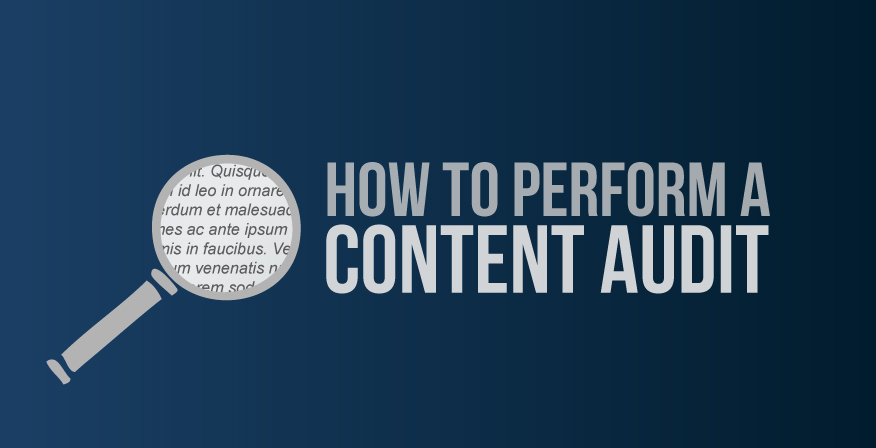Content audit is an analysis of the all the content your organization is responsible for. A content audit is a cornerstone for content strategy, SEO, social media marketing, corporate communications, digital advertising, brand guidelines, style guide and your voice and tone.
While the analysis involves quantitative measures, much of the process is qualitative. It involves identifying high-quality content, removing low quality content and establishing guidelines and standards. The areas that usually are most inspected are the content on your website and social media pages.
The goal of a content audit is to raise your company’s profile and build trust. A few reasons why a conduct audit makes sense are:
- 88% of B2B marketers use content marketing in their marketing strategies
- 73% of major organizations hire someone to manage their content marketing strategy
- 56% of marketers believe that personalized content promotes higher engagement rates (source: Content Marketing Institute)
Here are 8 surprisingly simple steps to conduct a content audit.
- START WITH A SPREADSHEET OR LIST: In order to do any audit, you have to begin with an inventory. A spreadsheet or list is what you’ll need. A simple set up is create column for: 1) Webpage URL’s, 2) Page Titles, 3) Descriptions or snippet of essential text, 4) Date published or created and 5) Actions (whether, at the end of the audit, the page stay, goes or is reworked).
- IDENTIFY WHAT’S UNIQUE AND DIFFERENTIATING: Look at your inventory and see what your content says about you, your company and your products or services. What’s unique and differentiating? Why should your audience take note and care? How do you keep it fresh? Avoid being repetitive. Add news?
- MEASURE INTEREST AND APPEAL: Objective measurements such as Pageviews, Search Rank, Links and Shares, Comments, Likes, Views and Re-Tweets for social media pages are considerations to measuer. They can all be found in a web analytics tool like Google Analytics or through search queries and review of your social media pages.
- ASSESS ACCURACY, DATE AND WRITING PROFESSIONALISM: The relevance of your content is influenced by its recency, reliability and writing. Examine content by how often you write about it, what is included (e.g. images, video, charts, contact forms) and how well it’s written. Ask yourself if your believe your company is publishing quality content?
- EXAMINE SEO ELEMENTS: Review the Page Titles, Keywords, Meta Descriptions, Headings and Alt Image Tags. Are target keywords and phrases used on the page? Are page descriptions and metadata employed appropriately? Are headlines optimized for search? Search engine optimization (SEO) begins and ends with content. So evaluating to what extent content conforms to best practices in search is an essential part of an audit.
- EVALUATE WHAT NEEDS TO BE ADDED AND REMOVED: Now, you are ready to determine what stays, goes, is reworked as well as any organization or reorganization. If you are revising or refreshing a website, a content audit provides learning for site architecture, navigation tabs and drop-down menus.
- JUDGE FOR CONSISTENCY OF VOICE AND TONE: How do you express yourself? What is your attitude to people know something about you?. They are essential qualities that should be consistent because they create trust and help others determine if they would like to get to know you better.
- PLAN FOR SUCCESS: Now you’ve done the hard work. And you have a template, game plan and actionable scorecard for seeing improvement and success. Examine progress periodically. Once a quarter or even twice a year is a good schedule for reviewing your content audit.
Once it’s done, a content audit is a valuable company asset. A great piece for learning, insights and actions.
Do these steps convince you of the value of a content audit? Are they simple enough to follow? Do you need help conducting one for your company?




